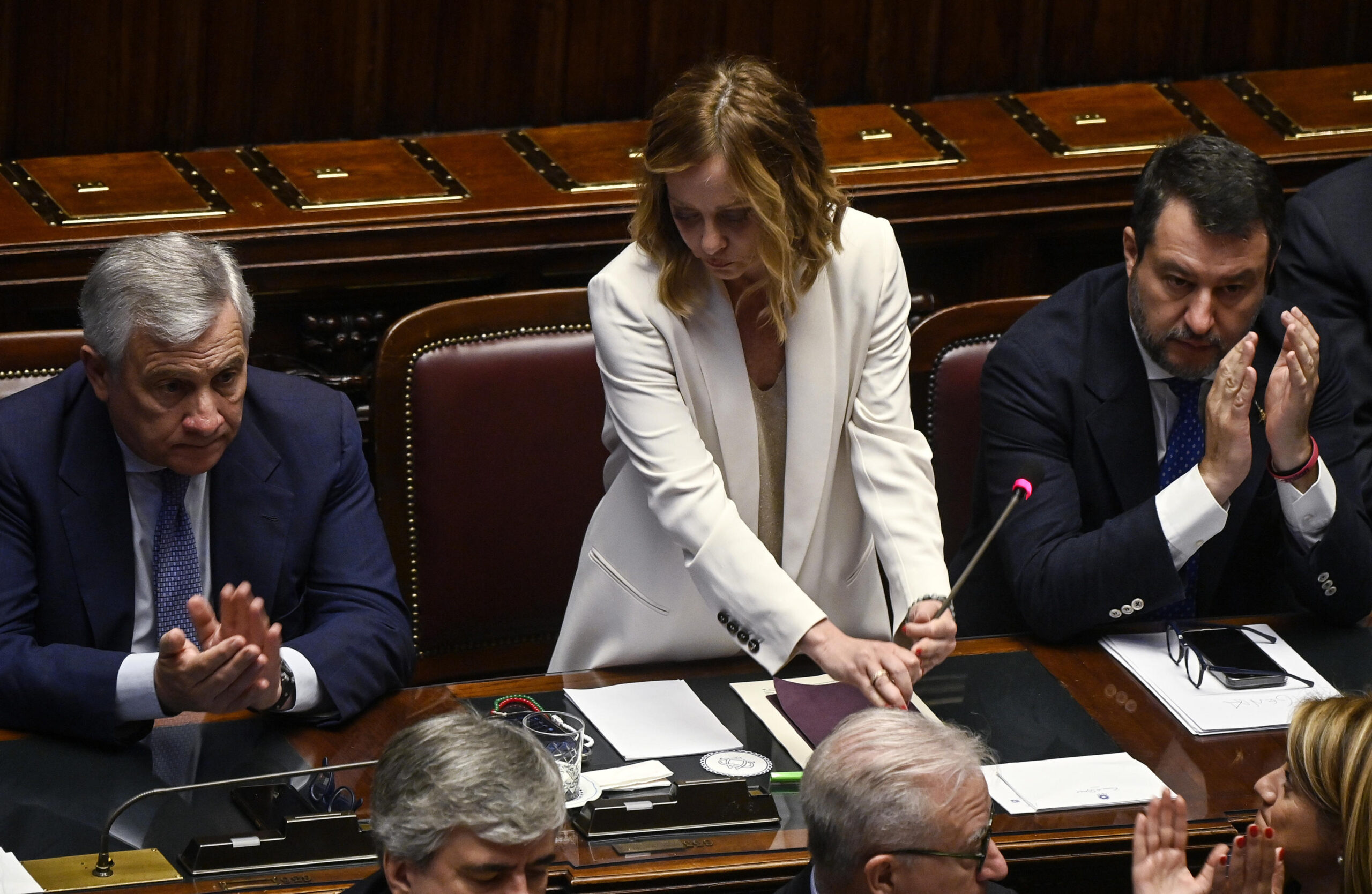In mid-January, during the plenary session of the European Parliament in Strasbourg, Ursula Von Der Leyen announced the European Commission's commitment to reforming the treaties. The need for reform EU treaties has emerged particularly over the last ten years. So far, significant progress has been made on the proposed revision and its content gives hope for improvements that could be made.
The proposal to revise the EU treaties
Last year, a new proposal to revise the European Union treaties was announced in the European Parliament. The proposal was developed and presented by five co-rapporteur deputies. There conference on the future of Europe it was the key initiative to restart the reform process.
You too can rediscover the pleasure of staying informed!
Your support helps protect our independence so that we can continue to produce quality journalism that is open to all.
Support us
The text of the revision was then developed by Constitutional Affairs Committee (AFCO). It was then approved last November during the plenary session of the European Parliament. The main proposals contained in the text concern strengthening the role of the European Parliament and going beyond the rule of unanimity in certain sectors.
Other changes included in the proposal concern the formation of the Commission and increasing the competences of the European Union. A particular reference concerns common foreign and security policywhich currently plays a predominant role within the Member States.
The historical path of EU treaty revisions
When we talk about the EU treaties, we are referring to two specific treaties: the Treaty on the Functioning of the European Union (TFEU) and Treaty on European Union (TEU). The latter constitute the two main treaties of the Union and regulate its functioning, its nature and its powers. In particular, the TEU is also defined as the Treaty of Maastricht and entered into force on 1 November 1993. While the TFEU dates back to the Treaty of Rome, stipulated in 1957. Subsequently, these two treaties were amended by revision treaties which took different names from time to time but who actually modified the same basic texts.

The main European treaties of the last 30 years. Source: Wikipedia.
The revision of treaties, governed byArticle 48 of the Treaty on European Union (TEU), is divided into two types of procedures: the ordinary procedure – which concerns the case in question – and the simplified procedure. The procedure involves, in different ways, all the main European institutions.
The appointment of a congress is an integral part of this process and its role is central in the discussion and formulation of proposed changes. Finally, the agreement resulting from the review requires ratification by Member States to be effectively implemented.
Opportunities for European citizens and Member States
The opportunities offered by the revision of the European Union treaties extend to both European citizens and Member States. For European citizens, the revision represents the opportunity for more active and direct participation in the Union's decision-making process. The strengthening of the role of the European Parliament, proposed in the revision, would lead to greater democratic representativeness.
This will happen by allowing voters to express their preferences through a more influential legislative body. This would strengthen the legitimacy of European institutions and contribute to bridging the perceived gap between citizens and the European Union.
From the perspective of Member States, the review offers the opportunity for greater cohesion and solidarity. Strengthening the common foreign and security policy, with the transition towards shared competences, would enable the European Union to act more coherently on the international scene.
In summary, the revision of the European Union treaties offers concrete opportunities for European citizensstrengthening cohesion between Member States and increasing the Union's capacity to respond more effectively to current and future challenges.

